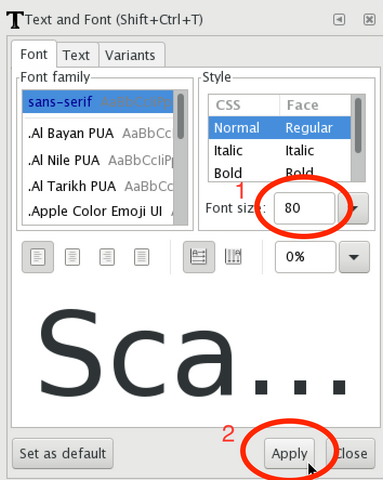

Notably, there’s no standard size for the spine of a book. As I said earlier, print layout has some technical issues that simply don’t exist in eBook cover design. It’s those times that you step back that allow you to think about what you’d like to see without it staring you in the face. Set aside some time, make the cover, and step back for a day or two. It can be tedious and step-intensive, but it’s not difficult. Just like the last post on formatting your manuscript for CreateSpace, this looks complicated but it’s really not all that difficult.

This post will cover the following steps. If you need a copy of GIMP, that can be found here. If you don’t have a copy of Inkscape, you can get one here. At this stage, the image work is done and it’s all about the Inkscape. I use Inkscape to do my layout and GIMP to do my image editing. I’ll be going through this step by step using the cover for my upcoming collection of short stories. It’s not that a print cover is really all that different, there’s just more to it and you have to be cognizant of where your elements lie in relation to where the ink is going to fall. You have to worry about bleeds, margins, the physical size of the spine and things like that. Then it’s just a matter of finding or creating cover art, laying out the text, and doing some basic cleanup (size checks and whatnot) in GIMP or Photoshop.Ī print cover is bit different. If you take the height and multiply it by 0.6252, you’ll get the width. An eBook cover is usually something like 2500px by 1563px or some variant thereof. There are some technical issues you’ll need to deal with, though. If it is, and you enjoy making covers building one for CreateSpace isn’t overly difficult. If graphic design isn’t your bag, there are plenty of cover designers out there (myself included). It can be tricky to make it look good, but it’s really not all that difficult. Resize if necessary by selecting and dragging the bottom right corner, and move by selecting box and dragging.Making an eBook cover isn’t hard. Voila! Your diagram appears in the Word document with a box and handles around it.


In the Word document go to "Edit" → "Paste". Doing this twice confuses some people.) Click.Ĭlick your cursor where you want to put the diagram. A lot of dotted lines appear around your Inkscape diagram. (This is halfway down the list with something like a camera next to it.) Click on it. Click on corner of the diagram you wish to move, then pull the cursor around the diagram so a black box surrounds the diagram. Click on/select Black Arrow at top left of the page. There is another simpler method which works all the time with all software, whatever age, including Mac OS. How to copy and paste a diagram from Inkscape into Microsoft Word


 0 kommentar(er)
0 kommentar(er)
